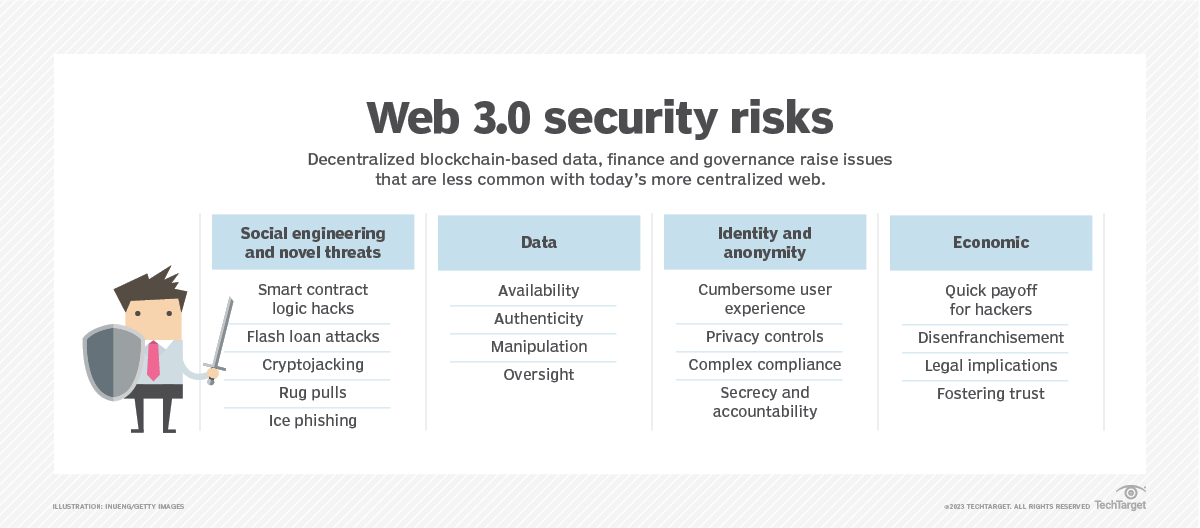Announcements
- The emergence of the data-centric enterprise, combined with the constant threat of cyber-attacks and rapid adoption of cloud computing, makes data protection a top concern for IT leaders. At the Data Protection for the Digital Enterprise summit, learn from top industry experts and solution providers about the ways you can leverage data protection technologies across cloud environments, not only ensuring that data is backed up and secure, but that your organization is getting as much benefit from that data as possible. Speakers will explore best practices as well as products and services for data protection and backup and how to achieve intelligent data management.
- Businesses are under increasing pressure to move more quickly, and AIOps can help by harnessing the power of AI, machine learning, and big data analytics to monitor and manage the wide array of IT processes needed for success in the digital age. In the AIOps Aids Complex IT Environments webinar, learn about the options for implementing AIOps and how to best use it to simplify functions such as infrastructure optimization, alert correlation, root-cause analysis and issue resolution.

Data passivity and the current obsession with off-the-shelf chatbots
Last September, Bill Schmarzo (“Point – Counterpoint on Why Organizations Suck at AI”) listed a few common excuses enterprises use to explain why they aren’t doing more with AI:
We Don’t Have the Right Talent. “We can’t hire the right talent and don’t have bottomless budgets to spend on complex technologies and massive cloud costs to train the AI / ML models.”
We Don’t Have Big Data. “Our company lacks the massive amounts of big data out of which we can mine customer, product, and operational insights.”
Can’t Scale or Operationalize our AI / ML Efforts. “We don’t have the organizational skills and experience to sustain our data and analytic efforts. Instead, we end up with unrelated data projects, data silos, and orphaned analytics.”
Bill’s counterpoint to each of these excuses underscored what companies lack: A data-centric culture and attitude. To paraphrase Bill, everyone in the organization has to think like a data scientist to make the best use of data. You don’t need to have big data to develop intelligence. To make AI effective organizations have to understand user intent, a point Bill elaborated on in a February post titled “AI Effectiveness Starts by Understanding User Intent.” Intent has everything to do with an articulation of what the purpose of the modeling effort is and what constitutes a successful model.
In 2023, there has been even more buzz around generative AI and prompt interfaces due to the iterative ask-to-answer capabilities via Open.ai’s ChatGPT, Google Bard and tech like it. Here’s a data science prediction: 80 percent of enterprises will get distracted by off-the-shelf and embedded chatbots. As a result, they will avoid the hard work of improving their own data.
The 80/20 rule still applies: One out of five organizations hunkers down and does the work necessary to make data pay off. The rest either make excuses or pretend that what they’ve licensed will do the job for them.
Alan Morrison
Contributor
Contact The DSC Team if you are interested in contributing.
DSC Featured Articles
Picture of the Week

